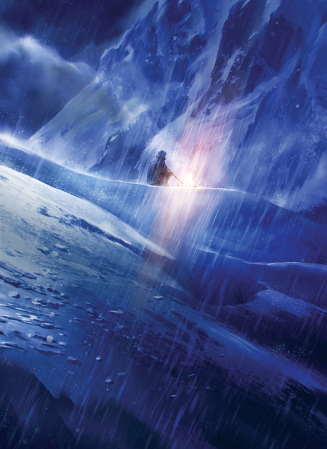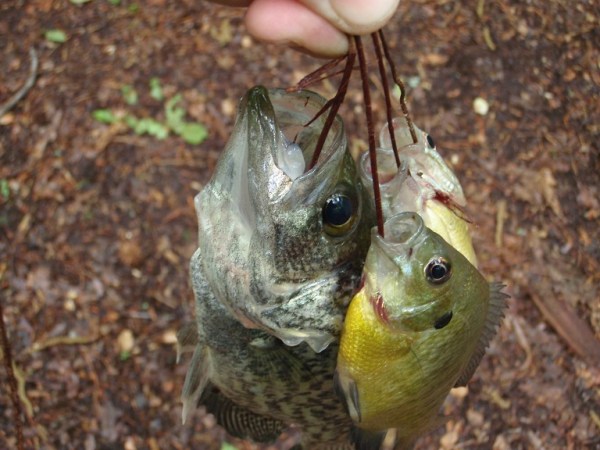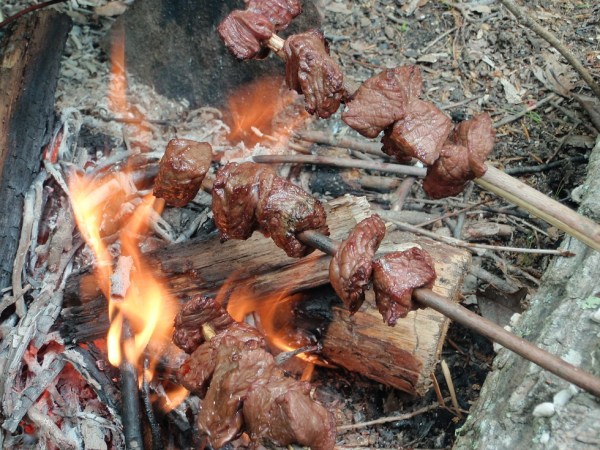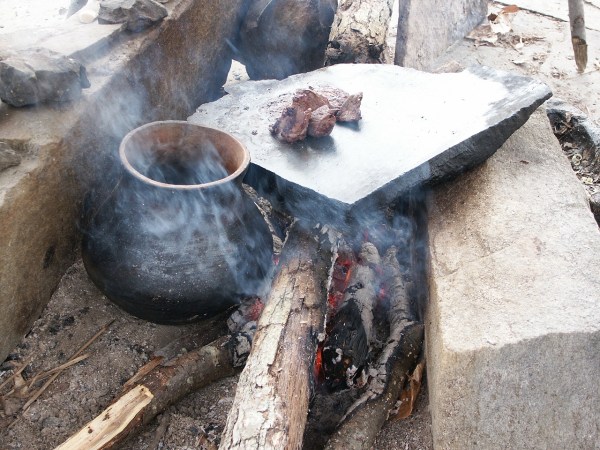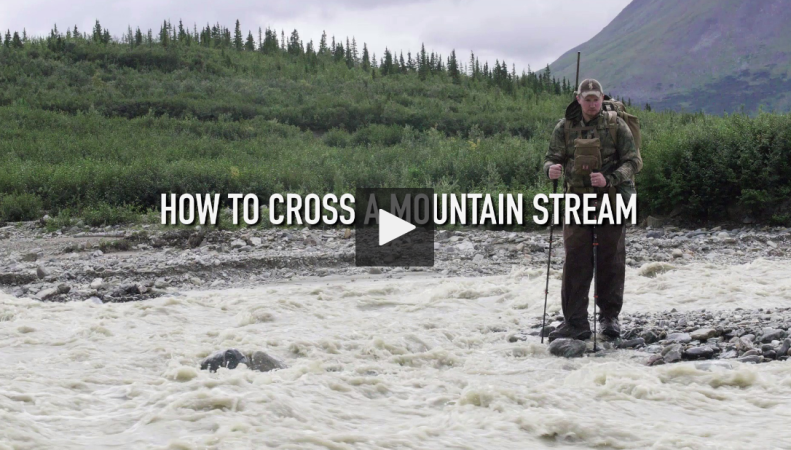The very best way to survive an avalanche is to never go where avalanches are possible. But that’s not always realistic. We could stay in flatland areas, or even move to the tropics, but you’d be missing out on the real beauty of the season. Those snow-covered mountains call to many of us. When the steep slopes are robed in winter white, it’s a beautiful time to get out there. And if we understand not only our peril, but the right things to do if trouble starts, we can limit our risks and still enjoy our outdoor time in winter. And if an avalanche breaks loose under foot, you can use these techniques to survive it.
—Abandon all your equipment. Skis, poles, snowboards, snowshoes, and even snowmobiles will only get in your way, or hit you in the churning sea of snow.
—If possible, try to shelter behind rocks, trees or vehicles. Crouch down and turn your back toward the avalanche.
—If caught in the open, try to “swim” through the snow and try to avoid hitting stationary objects. Snow doesn’t exactly move the same way water moves, but there are similarities.
—Be aware of dangerous terrain features, like cliffs, boulder fields, groves of trees or any other hazard that the avalanche could ram you into or drive you over.
—As the snow nears you, take in a deep breath and cover your nose and mouth.
—Thrust, kick and swim to stay on the surface. Ride on top of the snow, and attempt to get to the edge of the avalanche.
—Do not yell or open your mouth as the snow hits you, it can fill your mouth, throat and nostrils.
—As the avalanche slows, bring your hands and arms up to your face and make an air space.
Assist Your Own Rescue
Finding yourself buried under the snow is not an enviable experience. But it doesn’t have to be a fatal one. Once the snow stops moving, it turns from a fluid medium to a cement-like consistency. Work quickly to dig your way to the surface as the slide slows. If possible, shove one arm toward the surface and move it around to create an air shaft. Use your hands to carve out a breathing space. Work methodically to avoid exhaustion. Conserve your breath, by waiting to shout until you hear rescuers above you. If it seems possible to dig yourself out, but you’re disoriented from your tumble, you need to know which direction is up. If the snow layer above you is relatively thin, daylight might shine through, so go toward that. If you’re too deep for light to be your guide, clear a space near your mouth and spit. Watch the direction in which gravity pulls the spit, and head the other way.
Have you ever been at the scene of an avalanche? Would you be ready if caught in one? Please leave us a comment.

